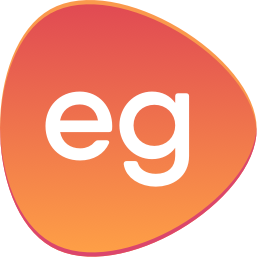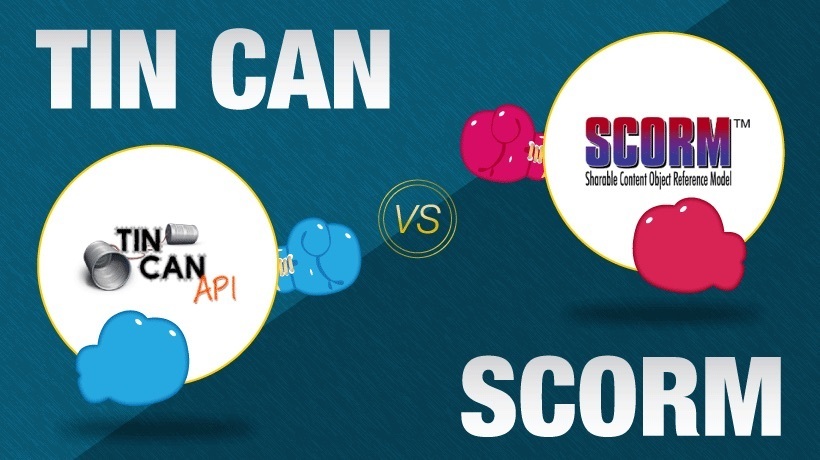5 Actionable Tips For Developing The Best SCORM-Compliant Courses
SCORM is the standard for tracking and tracing your learners’ results, and can only be utilized if you have an LMS. But all the current trends in Learning and Development (L&D) indicate that traditional Learning Management Systems are nearing their end, or at least will serve a more narrow purpose.
For informal learning and employee generated learning, Learning Management Systems are an incredible bottleneck because LMSs are about control (did so and so, do so and so) instead of sharing knowledge.
So, how do you get around using an LMS that holds knowledge sharing back, and utilize the SCORM format in the most effective way? This article gives you 5 actionable tips on when and how to get the most out of SCORM.
1. Only Use SCORM For Top-Down, Formal Driven Content
Scale-ups and larger companies at some point have to invest in compliance awareness programs, certifications, and sales readiness training programs. In other words, top-down content that people have to master, else their job is on the line.
This type of learning content is dependent on deadlines, grading, and perhaps certification for the learner, therefore it has all the requirements to be stored in often large and draconic LMS’s.
For knowledge sharing amongst employees, go for speed.
The current trend is that within knowledge intensive organizations, Instructional Design teams are flooded with small learning requests and struggle to focus on creating training programs. Also, by the time a learning request has been fulfilled the business has moved on, either they curated content themselves, or the requirements have changed.
As an L&D director your job has become harder to have your team of Instructional Designers do what they the best in: Create pixel perfect courses to serve top-down business goals. But for internal knowledge sharing within teams or amongst teams, the need for speed is everything, and you need to relieve your L&D function. For fast paced knowledge sharing, you might be better off by sharing links to curated content or use authoring tools like Easygenerator aimed for Subject Matter Experts themselves offering ready to use templates.
2. Set Goals For Courses, But Like The Pro’s Do It
Measuring top down course performance starts with setting the right goals. Within L&D a best practice is to set learning objectives based on Blooms Taxonomy before creating course.
A strong learning objective answers these 4 questions:
- Who are the learners completing this course?
- What do you want them to be able to do after completing the course?
- What do they need to know to do this?
- What must the learner understand to be able to do it?
Tip: If you’re not familiar with creating learning objectives, here’s a free learning objective maker.
3. Decide What Data Points You Need To Track
Spoiler: It’s often not as much as you think.
Below a comparison of the most used datapoints to measure learner's performance:
| SCORM | Build-in Tracking (Easygenerator) |
| End result: failed passed and end score) | End result: failed passed and end score) |
| Questions answered correct or incorrect | Score (Overall) |
| Which answers were given | Start / End Time |
| Which pages are viewed | Start / End Date |
| How long a page was viewed | Score (Per question) |
| Total time spend | Question answers |
| Score per Learning objective | Score per Learning objective |
| Incomplete results and progress | Pages / Content / Questions have been viewed |
If you compare these two lists, you will notice that SCORM provides a "time a page is viewed" option. This is valuable information for larger training programs as you can identify bottlenecks within your course.
But should you only want to measure result driven metrics, some authoring tools offer build-in, track-in, and tracing in addition.
4. If You Are Just Starting Out, Go SaaS; You’ll Be Future Proof
Save cost and still be SCORM-compliant.
Traditional authoring tools are expensive, but with SaaS based authoring, you will reduce costs, and still be SCORM compliant. Only a few SaaS authoring tools also have the benefit of allowing anyone with no eLearning- or instructional background to create SCORM compliant courses, as they often offer re-usable templates and only offer features required to share knowledge.
SaaS authoring tools will also make you future-proof; they offer less features, but still allow you to eventually scale towards a Learning Management System if required.
5. If You Have To Use An LMS, Switch To XAPI Or CMI5 Compliant LMS
According to a recent study on corporate learning trends, it can be deduced that "many learning professionals will find that Learning Management Systems software increasingly limits their ability to track sophisticated learning metrics and may move to incorporate xAPI (The Experience API) into learning programs". (Source: CGS 2017 Enterprise Learning Annual Report Corporate Learning Trends, Observations & Predictions)
xAPI (short for Experience API), allows much more tracking and tracing than SCORM. It allows you to store learning experiences by recording them in a Learning Record Store (LRS), which has the great advantage of avoiding vendor lock in, which you will encounter when you choose an LMS.
Bonus: How To Share Knowledge Fast And Still Utilize SCORM, If You Have To
If you want to start creating courses, but don't know whether to use SCORM, xAPI or other tracking standards, sign up for Easygenerator. Easygenerator has basic built-in tracking and tracing, it supports SCORM export for any LMS, supports xAPI and even allows you to publish courses without requiring any LMS, via direct links or hosting a course on your own domain.
Sign up for a free trial here: Easygenerator.com









